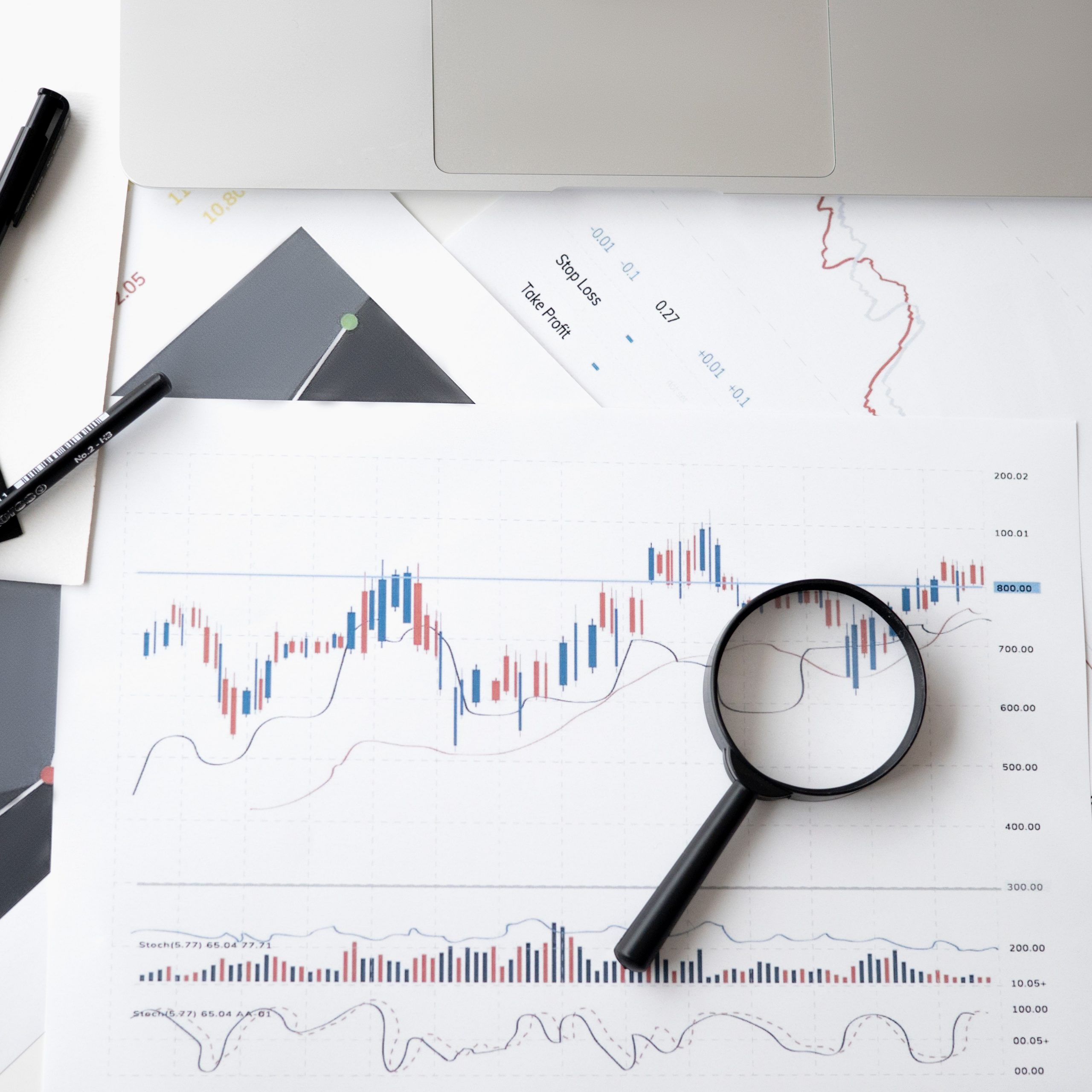Data visualization is the practice of visualizing data, illustrating it graphically.
As visual creatures, most human beings find it difficult to find meaning in abstract quantities like numbers. More intuitive and accessible is actually ‘seeing’ change and relationship. To do so, we have devised many graphical means, like pie charts, bar graphs, line charts, area charts, Venn diagrams, and scatter plots.
As long as there is data, there is data visualization. (Though, this was not the case in the beginning.) Of course, we have come a long way, from Leonard Euler’s line charts to AI-based 3D models depicting the evolution of proteins or social networks. But even though data visualization is regarded as a means to an end, say, a corporation visualizing forecasts or productivity to develop a new strategy, many have taken to the practice as an end in itself. Data visualization has also become art for its symmetry and detail, inspiring in us a sense of Pythagorean pleasure, the sheer joy of beholding beauty.

However, in an era defined by data, data visualization is more than eye candy. Today, graphs have taken cultural and political significance, standing in for entire movements, ideologies, and global catastrophes, as the last 18 months have shown. With that in mind, here are 5 graphs that came to define 2020.
1. ‘Flatten the curve’
The curve scientists and governments were vehemently urging us to ‘flatten.’
The blue curve illustrates the projected increase in cases had protective measures such as masks and social distancing not been adhered to. The curve had to be ‘flattened’ because it was way above the dotted line, which marked the capacity of hospitals. Compare it to the yellow curve below the dotted line, depicting a scenario where cases are high but distributed — in control.

Shortly after its release, the chart was all the rage. It made headlines, and it had to. Depending on where you live, accelerating cases could have left hospitals without beds and frontline workers without breath. Unfortunately, that is precisely what happened in countries like India and Brazil, for instance.
2. A deeper understanding of the rise in COVID-19 cases
Not just governments and policymakers, but civilians enthusiastic and aware of the importance of data, developed dashboards that neatly visualized how the pandemic unfolded. The simplest and most viewed of the charts was, of course, the rise in cases.
However, the total rise in cases doesn’t do much good at making us understand the frequency with which new cases emerge, which allows us to prepare for and take counter-steps well in advance. Instead, a metric that scientists and governments heavily relied on was new cases per week. Though, the chart still fails to outline change.
If the weekly average outlines COVID-19’s velocity, what we need to outline is its acceleration.

Now, we can see how quickly or slowly Covid-19 cases are rising or falling. That is more useful because we can tell which wave will be more intense and how long it could last.
Read more: World's Most Congested Cities 2022: The Pandemic Effect on Environmental Imbalance
3. A day in life during a pandemic
Every year, the Bureau of Labor Statistics publishes a survey called American Time Use Survey. The survey does what the title says: ask people what they do in 24 hours.
The survey of 2020 was much awaited, and its findings didn’t disappoint. Home-bound, interior arrangements and decorations increased, compared to 2019. So did the time spent with family. Further, as we collided head-on with a global catastrophe, values were re-evaluated, with financial management going up.
But the highest increase, compared to 2019? Listening to the radio!

Home-bound, time spent on certain habits also declined. Travel for religious or spiritual purposes, for example, fell as we went under a lockdown. So did travel for leisure.
Surprisingly, people, on average, worked out less. So, you can stop feeling bad about yourself.

Read more: 10 Ways the Coronavirus Pandemic Has Changed the World Forever
4. The race for vaccines
The year 2020 was historic for two reasons.
First, the world was struck by a raging pandemic in more than a century. While we have witnessed epidemics in recent history, we were yet to witness a full-blown pandemic.
Second, the world dealt with one like it had never before. We sequenced the genome of the virus, developed two mRNA vaccines, conducted randomized trials, and released them for emergency use — in less than a year!
There are still several unknowns to this day, but our achievement nonetheless is simply extraordinary. A true modern triumph, telling of the success of the Scientific Age. As soon as WHO made its official announcement and the genome was publicly available, vaccine development commenced.

The chart shows the ‘race’ for coronavirus vaccines.
Read more: COVID-19: Will We Need a Third Dose of the Vaccine?
Mind you, that this data has been since updated, as a plethora of new vaccines has been since developed and released into the market. But that’s 2021. What’s also 2021 is how many people received the vaccine. That is an unnervingly asymmetrical graph, highlighting the inequality in vaccine distribution as a function of the inequality in wealth.
5. Women pay the price
“The coronavirus pandemic is wreaking havoc on households, and women are bearing the brunt of it,” wrote the NPR in October 2020, summarizing the devastating toll the pandemic took on working women.

The pandemic exposed several grim inequalities that exist in modern society. The wealth, for example, dictated who gets infected and who gets the vaccine. Another grim inequality was the inequality in who gets to work and who doesn’t. Over the last three decades, women had fought tooth and nail for their place in the office. And the pandemic had it all undone in mere months.
In the US alone, 4 women left the workforce for every 1 man. The inequality in wages could explain the disparity in withdrawal: the decision to step back is logical, given that women are typically paid less than men.
But women’s troubles didn’t end there.
Not only were more women forced to leave the workforce, but it was also women who were burdened with most of the household workload. With parents getting sick and children learning from home, it was women who cooked, cleaned and cared more. The pandemic reinforced the stereotype women had made great leaps in escaping over the decades, turning back the clock by perhaps a generation.

Although, it’s not just women who suffer here. It’s the world economy. As fewer women participate in the labor market, especially in their prime, the world economy loses trillions in value — $13 trillion by 2030, according to a McKinsey estimate.
Data visualization is a tremendously powerful tool. Data is richer, more Intuitive, meaningful, and hence communicable when it is visualized.
Read more: A Post-Pandemic Business Strategy? Here Are 4 Things to Remember
In times of such extreme chaos, data visualization came to the aid of not just scientists and policymakers, but anyone who had access to the internet. However, the implications of what we witnessed are much broader.
If it wasn’t already obvious, it could not be more today — data will power the future.
With offices in New York, Austin, Texas, Seattle, London, Zurich, Pune and Hyderabad, SG Analytics is a large-scale research and analytics company that provides tailor-made services to enterprises worldwide. If you’re looking to make critical data-driven decisions, decisions that enable accelerated growth and breakthrough performance, contact us today.









